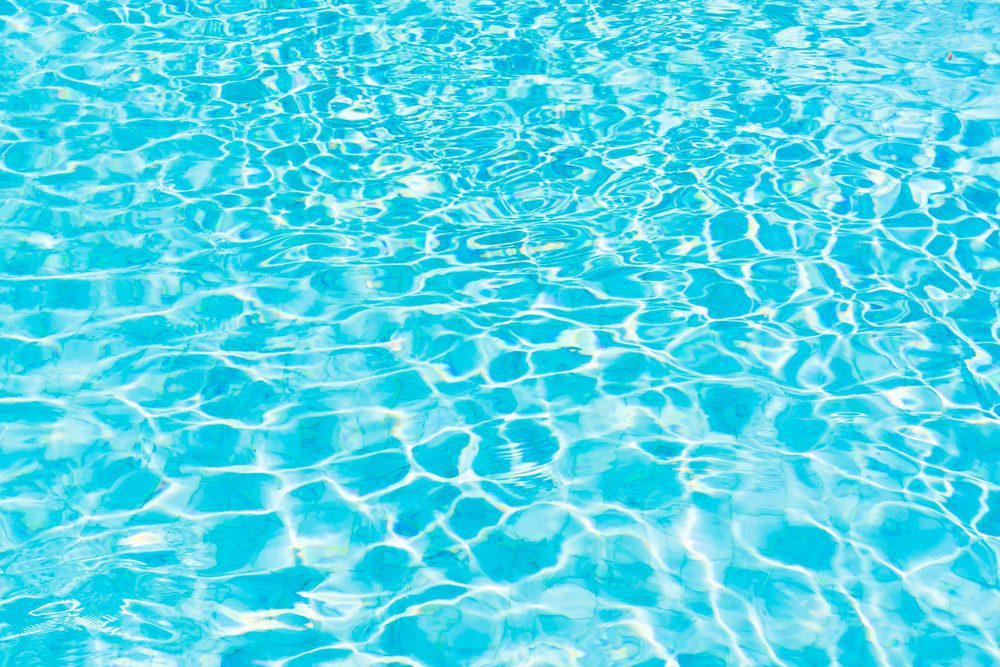Aug 17
2016
0
comments

Do You Know How the Sun is Affecting Your Pool?
Do You Know How the Sun is Affecting Your Pool?
Regularly adding chlorine to the water is swimming pool maintenance 101, but did you know that the amount needed can change from day to day? Both heat and sunlight have a lot to do with how much chlorine your swimming pool needs. Â Read More…
